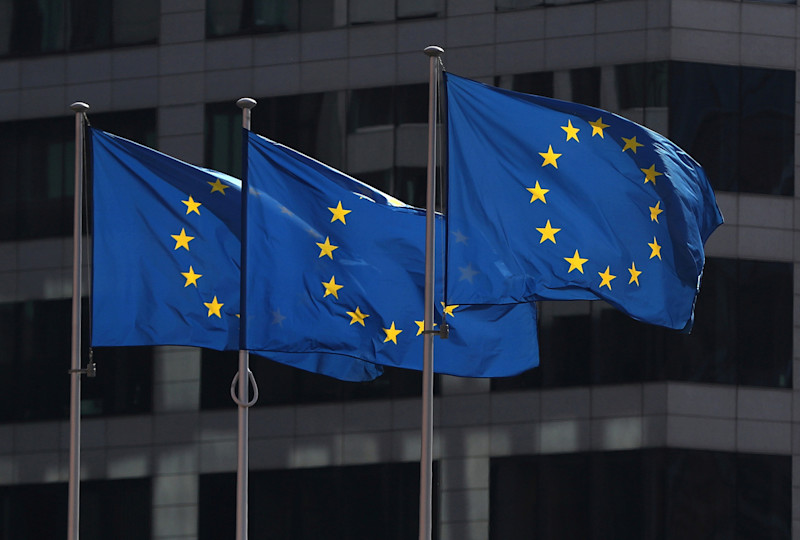In our final posting for 2021, we take a summary look at where some of the major European investments are focused. From automotive gigafactories to mega infrastructure projects to sustainable energy and urban renewal, serious funds have been allocated and work is underway. For more industry intel and other tidbits, read on. We’ll see you back here the first week of 2022.
Despite understandable difficulties (see the previous International News from the Field: Europe), European economies have shown surprising resilience and, under the circumstances, have done reasonably well in 2021. The industrial landscape, especially in manufacturing, has been reshaping and rapidly gearing up for future challenges. The latest trends in manufacturing, such as accessible automation, automated picking, mobile robotics, mobile manipulators, collaborative robots, and universal connectivity, have been spreading across Europe as in other technologically advanced countries. Out of necessity, the high-mix, low-volume manufacturing process is being more and more widely adopted to avert supply chain problems. Worker skills are being nurtured and protected.
While efforts are being made to fight for the protection of health amid the ongoing crisis, inevitably draining a lot of resources, many European countries in the European Union and beyond have not forgotten about future needs. Plans for the implementation of mega projects continue and substantial funds to sustain them have been allocated. Some projects are just staggering and seem to match the grandiose schemes of places like Dubai and China. The year-end seems the right time to have a closer look into some of them.
The trend of building gigafactories, especially in automotive, has gathered a lot of momentum. The automotive gigafactory of Elon Musk in Germany has already been presented on these pages. There is more. Nortvolt is to build a gigafactory in Sweden, to produce hundreds of thousands of lithium-ion batteries – an investment of $4.2 billion in a small country. Volkswagen, as well, has been implementing its program for at least four such factories across Europe.
The trend of harvesting wind and solar power is also fast developing all over Europe, with such spectacular developments as the world’s largest floating solar farm near London to treat and supply drinking water to 10 million people, or the London Array – the offshore wind farm to provide power to 300,000 homes – being repeated on various scales in a number of countries.
Another area of investment is transport. Just this year, the EU has allocated over $35 billion for cross-border projects connecting the EU regions from North to South, to support private-public investments in many countries. The trans-European network of roads, fast railways, underwater tunnels, and so on is the focus. Hundreds of projects are going to be funded, with Italy, Poland, and Romania among the main beneficiaries.
The London Crossrail project for the upgrade of the underground system, involving 10 new train lines connecting 30 stations over 70 miles of new track and 26 miles of tunnel, is nearing its completion.
Similarly, Stockholm will spend billions to build an additional 13 miles of underground rail. Turkey continues its Marmaray underground intercontinental project to link to its European and Asian neighbors under the Bosphorus strait. Germany will connect to Denmark through the Fehmarnbelt, the world’s longest road and rail tunnel, creating only a 10-minute commute. France and Belgium are working on connecting the Rhine and Seine basins by constructing 110 miles of new canal routes, linking Paris with Dunkerque, Antwerp, and Rotterdam. Poland is working on a project for the Central Communication Port involving a mega airport near Warsaw and hundreds of miles of fast railway lines. Croatia is building a 1.5-mile-long bridge to reconnect the enclave of Dubrovnik, separated from the rest of Croatia since 1991 due to geopolitics with Bosnia and Herzegovina.
Another area of substantial investment across the whole European continent is urban development to rejuvenate cities and support new lifestyles. Standing out is the ongoing Turkey urban renewal project for demolishing some seven million buildings and rebuilding them to new, earthquake-resistant codes (well advanced). Another is the urban development of the Moscow business district on the embankment of the Moscow River that contains some of the tallest buildings in Europe.
AMT’s European office wishes all readers and members a happy and healthy holiday season and a prosperous 2022.






